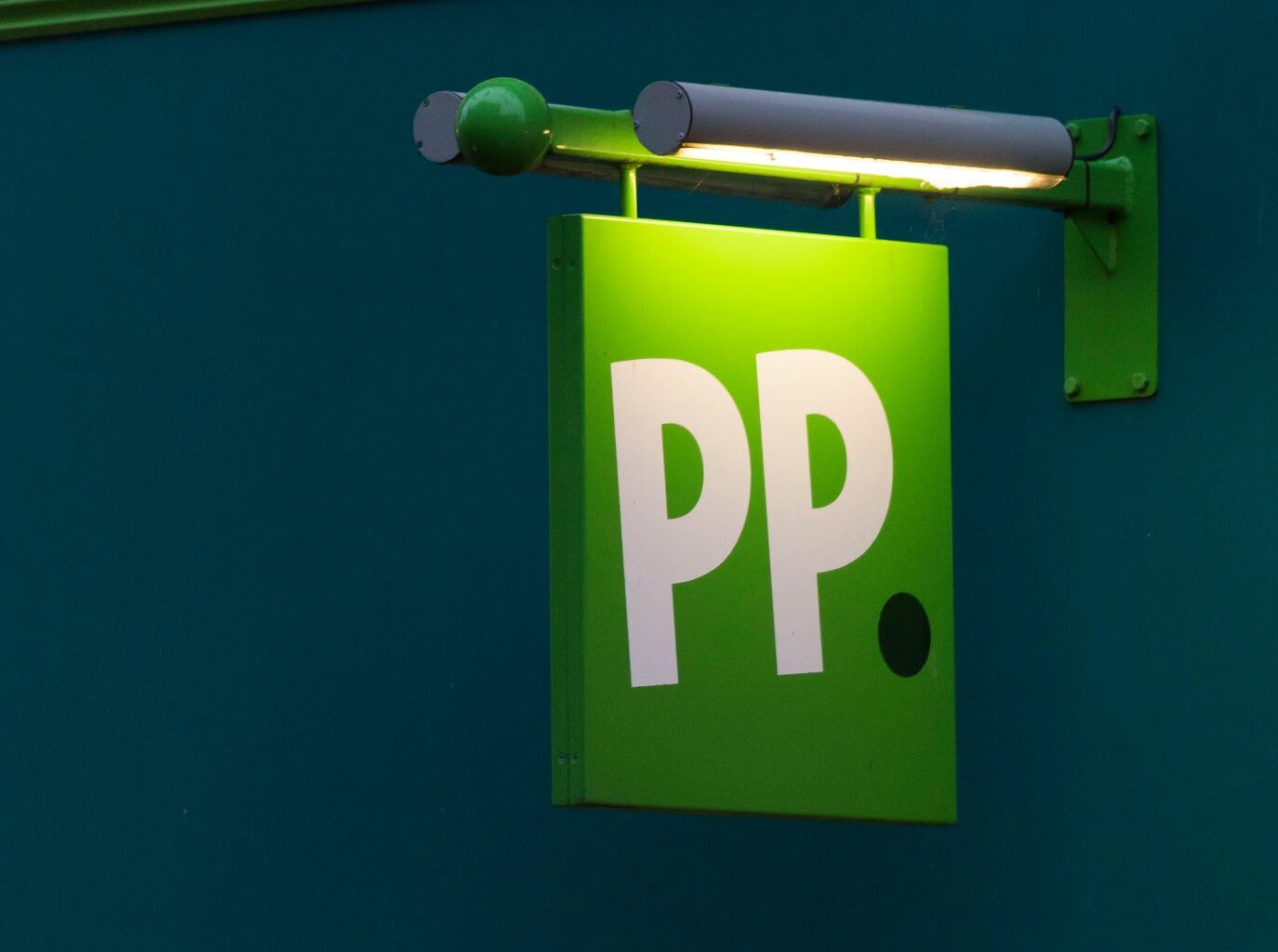It’s one thing for a company to grow at a steady pace. It’s another thing for it to continually beat the market’s expectations of its growth.
Beating expectations is hard work. It demands constant acceleration and outperformance. And that’s what Flutter has done for the last year, and indeed the last five years.
Flutter’s share price is up 113 per cent since July 2022. That gives it a market cap of €31.2 billion, which is a shade smaller than CRH’s €32.8 billion. If you value the company based on the claims of debt investors as well as equity investors, you get an enterprise value of €37.5 billion for Flutter, which is slightly bigger than CRH’s €37.2 billion. Ireland has a new biggest company.
By my calculations, CRH has been Ireland’s most valuable company since at least 2008, which was the end of Bank of Ireland’s brief reign at the top.
Flutter is now among the top ranks of European technology companies (something of a tallest pygmy contest). Its enterprise value of €37 billion puts it in the top 15 European technology companies, alongside the likes of Spotify and CapGemini.
Sadly for the Irish Stock Exchange, Flutter (and CRH) both appear to be headed for the exits. They’re seeking a listing in the US, where they hope to gain admission to the prestigious S&P 500 index. The S&P is picky about dual listings, and a listing in Ireland might not wash. Flutter is to spend the next few months preparing the regulatory groundwork for a US listing, having received overwhelming approval from shareholders.

How has Flutter done it?
You’ll be familiar with the US story by now. Flutter positioned itself expertly for the rise of legal mobile sports betting in the US. American sports betting has propelled Flutter’s business to the next level.
The growth in Flutter’s revenue is amazing when you consider how big it already is. It managed to grow Q1 revenue by 114 per cent in the three years to Q1 2023.
Revenue is a product of the number of customers and each customer's average spend. Flutter has done well no matter how you slice it. But it's worth paying attention to how many customers it has been able to attract. The following chart shows the average monthly active users for the US, UK & Ireland, Australia, and the rest of the world. As you'd expect Flutter has been growing customer numbers in the US. But it's also notable how it has grown customer numbers in other markets, including its most mature market — the UK and Ireland.
The market twigged quite quickly that Flutter was likely to have strong market share in the US. In the states earliest to legalise sports betting like New Jersey and Pennsylvania, Flutter's FanDuel was a big player.
What the market has been learning is the value of US customers. The positive surprise from Flutter's perspective is that US customers bet a lot, and their average spend keeps rising. In the US, Flutter has lots of customers who right now are spending lots of money. But in addition, the number of customers and the average amount each customer spends is going up strongly.
The economics of mobile sports betting are the same as those of any technology business. Customers, once you have them, are very cheap to serve and very profitable. But getting to the point where you're serving customers isn't cheap.
There's a big up-front cost to develop the technology. Before US sports betting was a prospect, Flutter had been developing the technology for its home markets.
Then having built the technology, there's more upfront cost in the form of marketing. To get its technology in the hands of US sports betters, Flutter has to spend a lot of money acquiring customers.
Flutter talks about the "FanDuel edge", by which it means its ability to attract customers more cheaply than the competition. Last November, Flutter said, on average, its customers repay the marketing spend it took to acquire them within 18 months.
This would appear to be a crazy-good return on investment. But the 18-month figure is an average, which includes everyone from the cheap-and-easily acquired to marginal customers who are expensive and more difficult to acquire.
This is the core of Flutter's business: the finding of new customers at a lower cost than their expected lifetime value. As with so many internet businesses, Flutter lives and dies by its LTV and CAC metrics.


